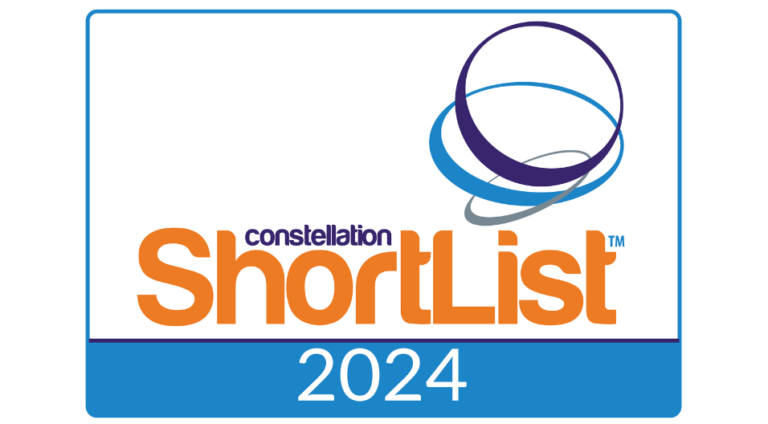When providers and payers discuss value, it is with the goal of achieving a patient-centered model that supports better collaboration across care settings. It is understanding patients’ needs – both psychosocial and clinical – and acting upon them.
Historically, each care setting and provider billed uniquely, with little regard for utilization of services up- or down-stream. The primary goal of these alternative payment models (APMs), such as BPCI (Bundled Payments for Care Improvement Initiative) or MSSP (Medicare Shared Savings Program), is to create visibility and transparency across providers and care settings. CMS aims to reinforce the principle that more care does not equate to better care.
Consider these scenarios: A patient has knee replacement surgery and is in the hospital for 3 days and then transitions back to their home with the support of their family and home health services; or, the same patient has knee replacement surgery and remains in the hospital for 17 days and then transitions to a skilled nursing facility for another 46 days. Which one would you prefer? Which appears to be a higher quality patient experience? Personally, I would prefer to be in and out of the hospital, and back home with my family, as soon as possible!
With continued innovation around value-based care, providers can expect to see both mandatory and voluntary programs that enforce the dimensions of the Quadruple Aim, designed to improve the health outcomes of patient populations without incurring higher costs. The key will be creating the right processes to empower the team, as well as technology to implement and sustain value-based programs.
Creating Value-Driven Processes
Value-driven processes reduce repetitive tasks that do not achieve the full potential of their resources’ capabilities. To achieve optimal results, it is important to establish clear goals and align processes to meet these goals. By streamlining workflows to better serve the needs of staff and patients, providers can accelerate results to achieve goals quickly and consistently.
Empower Value-Driven People
As proven processes are implemented, it is important to empower the right people with the right responsibilities. It is not enough to ask a nurse or case manager to take on more responsibility in addition to their day-to-day tasks, as this often results in fragmented processes and unclear cause-and-effect impact of their efforts. By improving processes, organizations can better leverage current resources to accomplish better results – and in many cases, more satisfying work.
Leveraging Value-Driven Technology
Technology can serve as a great asset to those looking to provide value-based care. In many cases, technology creates the workflows and processes that reduce duplication by leveraging resources to the fullest extent. When leveraging the right tools, care teams should codify workflows, track activities, and assign tasks with uniform timeframes. This allows the team to better understand the impact of each individual intervention and can create best practices that drive towards the desired results.
The right processes, people, and technology are critical aspects of delivering value in healthcare. Instead of waiting for patients to get sick and reactively treating their acute needs, value-based care means focusing and incentivizing efforts on prevention and person-centered care. Ultimately, value-based care will become the biggest asset in reducing the overall costs of care by improving patient outcomes and experiences across the care continuum.








